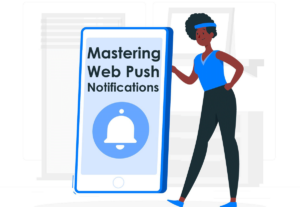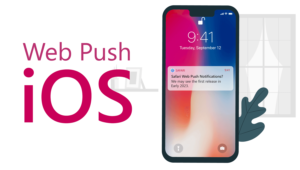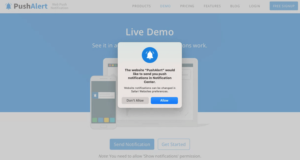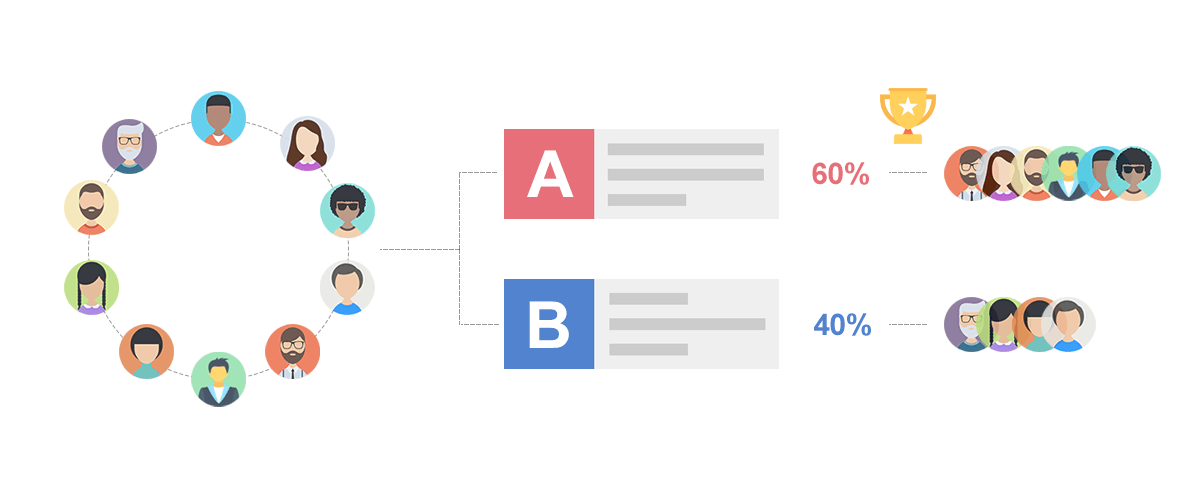
A/B Testing for Web Push Notifications
A/B testing is a brilliant way to figure out the best strategy that works for your customers. It can be used to test your notification copy, CTAs and timing as well. A well planned A/B campaign increases the effectiveness of your campaign with visible and reproducible results.
Let’s deep dive into what A/B testing is all about and how you can benefit from PushAlert’s automated A/B testing tools.
What is A/B Testing?
Each one of your subscribers is different but there are still some common traits that can help you convert more.
A/B testing is one of the ways you can optimize your webpush campaigns. A/B testing or split testing as it is called sometimes, is a practice of providing two variants of a campaign. In case of push notifications, this leads to different text, images or CTAs and comparing which variant drives more conversions.
While conversion metrics may differ based on your business, A/B testing provides for a quantitative approach to Conversion Rate Optimization. With automated testing, you can get insights into what works for your subscribers and implement it for other campaigns.
What are the benefits of A/B Testing?
An accurate A/B test can reveal a lot about your subscriber behavior. By controlling the changes in the split tests, you can find which marketing strategies best fit your brand or product. Starting with notification content, CTAs and images.
For example, one of the most common pain points of sending push notifications is when to send them?
Instead of scheduling notifications based on business hours, you can A/B test timing by sending two separate notifications at different times and see when your push subscribers are most active.
It is easier to make decisions when you know what works and what doesn’t.
How do you run an A/B Test?
There are 5 essential steps to A/B testing for web push notifications.
Research
Before building an A/B test plan, you need to start with research on how your current campaigns are performing. One should collect data on your current click through rate, send times, user activity on website, bounce rates and pages/products that drive the most traffic. There are several tools you can use to gather this information including Google Analytics.
Observe
Now that you have collected data, we now need to formulate a hypothesis as to how they would lead to increased conversions. This requires clearly defining business goals, including conversions, qualified leads or increased traffic.
Analyze the data at hand to find patterns which can help find similarities between user behavior and more importantly timing.
Create Variants
The next step is to create variations based on the data we collected above. A simple way to create two variants, is to use the A variant as control. So, for the A variant, use your current strategy that you have been implementing so far.
This allows you to check multiple variations against this control variant. Next, create different B variants and see which one works best over time.
Run Test
While there are several kinds of A/B tests including multi-variate testing, we will focus on a simple split test for this article. Start running the test at a stipulated time (timing matters), and wait for the test to provide significant results.
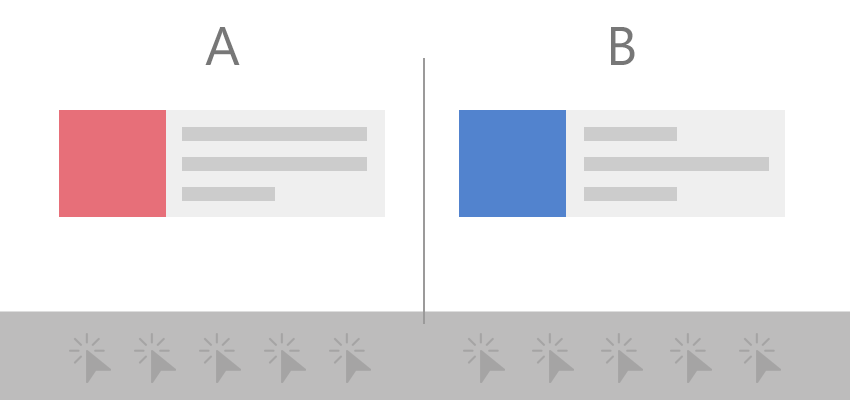
A/B Testing (Split) in Web Push Notifications
PushAlert employs automated testing. Wherein, we take a portion of your active subscriber list and divide into two. One of these receives the A notification and the other B. Our AI engine determines which notification is expected to fetch better results and sends it to the rest of the subscribers.
This random draw and activity based A/B test provides for the the easiest way to improve conversions and doesn’t require any manual intervention. Then once the test is complete you can analyse the results.
Result Analysis and Insights
Given that we have already completed part of the result phase with automated sending, this step deals with analyzing the results and implementing the same in other marketing campaigns.
A/B testing is a continuous process. Once a test completes, analyze the results and see if they fit your expectations. If not, rework the test and continue gathering more insights.
Apart from automated A/B testing you can also run your own tests by part sending notifications to different sets of audiences and gather more data.
What can be A/B tested?
For web push notifications specifically, there are four things you can A/B test:
- Notification Copy – The title and message of the notification. You can vary either one or both.
- Images – The custom icon and large images in a notification.
- Action Buttons (Call to Action – CTA) – You can add up to two action buttons to a notification. You can vary their text, add emojis for more visual affect.
- Timing – This is an inter notification test (not-automated). Meaning that you can A/B test timing between two separate notifications while keeping the content more or less similar. So that only the sent time of the notification differs.
What to avoid while A/B Testing?
First and foremost, do not test too many elements together or run several tests at the same time. Testing too many elements doesn’t give you a consolidated analysis of what exactly worked for your subscribers. Moreover, running a multi-variate test can be quite cumbersome.
Similarly running several tests in parallel also makes each test less significant.
Prioritize what exactly you want to test for and once you have a significant result, move on to the next element or test.
A/B testing is iterative, as you test more you will start to get more conclusive results. Don’t stop after the first test, iterate upon the data gathered and improve your notification copy.
Conclusion
After reading this thoroughly, you should now be ready to create your own optimization plan. Follow each step to the key, and avoid the pitfalls mentioned above.
A/B testing can be an invaluable tool to improve conversions on your website. While this article relates to A/B testing for web push notifications specifically, you can implement a similar testing methodology to improve your website’s UX, reduce cart abandonment by finding customer pain points and also reduce bounce rate.
If you liked this article, don’t forget to share it with other who would find it useful.
